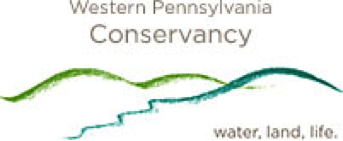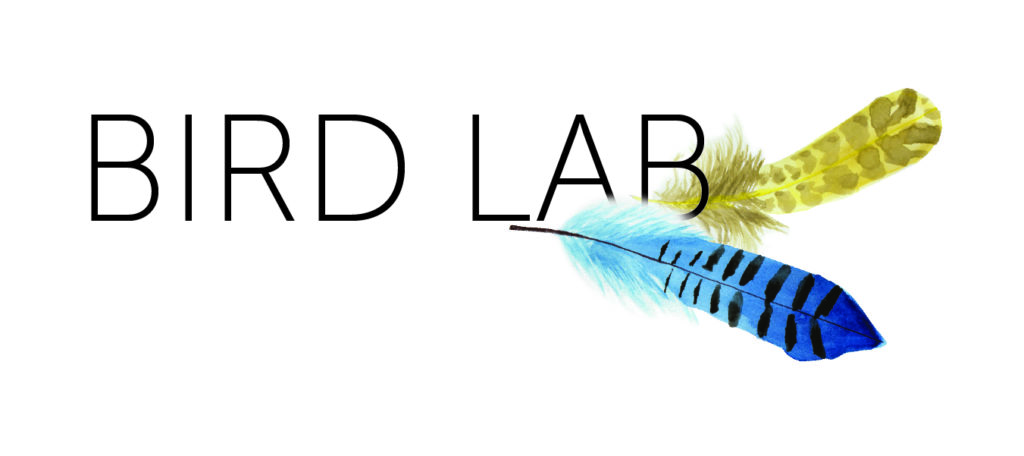Overview
It is estimated that 599 million birds die every year in North America after colliding with buildings.2 Skyscrapers, low-rise buildings, and residential houses alike threaten birds, albeit unequally. High-rises account for less than 1 percent of building-related mortalities; residential houses, 44 percent; and low-rises, 56 percent.1 In comparison to the total population of 10 to 20 billion birds in North America, 599 million fatalities at first seems inconsequential. But, the combined threats of buildings, habitat loss, non-native predators, wind turbines, communication towers, airplanes, transmission lines, and vehicular collisions may be too much for species populations to withstand.
This problem has been studied in various metropolises including San Francisco, New York, Chicago, and now Pittsburgh. And while it has been deemed “the most livable city” in the United States by some reports, our goal is to also make it one of the most livable for our avian friends.
At Powdermill Nature Reserve’s Avian Research Center, the American Bird Conservancy and Carnegie Museum of Natural History have been studying birds’ perception of patterned glass to ultimately reduce bird-window collisions. Though certain species appear more vulnerable to collisions than others, birds in general collide with windows because they do not perceive them. Reflective windows create the illusion of an open sky or welcoming landscape, and transparent windows may entice birds to fly indoors. Research has shown, however, that all windows are not created equally.
According to the American Bird Conservancy’s bird-friendly building guidelines, buildings can be designed in such a way to mitigate bird collisions. Individuals can also accessorize their windows with netting and closely spaced decals to make them bird-friendly. Overall, BirdSafe Pittsburgh aims to bring attention to this issue by directly involving local residents in research while sharing collected data with scientific and public audiences. To this end, BirdSafe Pittsburgh will research and reduce bird-glass collisions and educate the community to make Pittsburgh and beyond a better, safer world for birds.
[1] Daniel Klem, Jr., and Peter G. Saenger. “Evaluating the Effectiveness of Select Visual Signals to Prevent Bird-Window Collisions.” The Wilson Journal of Ornithology 125.2 (2013): 406-411. Web. 6 Aug. 2014.
[2] Scott R. Loss, Tom Will, Sara S. Loss, and Peter P. Marra. “Bird-building Collisions in the United States,” The Condor 116.1 (2014): 8-23. Web. 6 Aug. 2014. <http://www.bioone.org/doi/abs/10.1650/CONDOR-13-090.1>.
Partners
Jonathan Rice – Urban Bird Conservation Coordinator, Powdermill Avian Research Center, Carnegie Museum of Natural History
Lucas DeGroote – Avian Ecologist and Bird Banding Program Coordinator, Powdermill Avian Research Center, Carnegie Museum of Natural History







Our eNews features information on exhibitions,
upcoming events, and subscriber-only special offers!
Sign Up for eNews